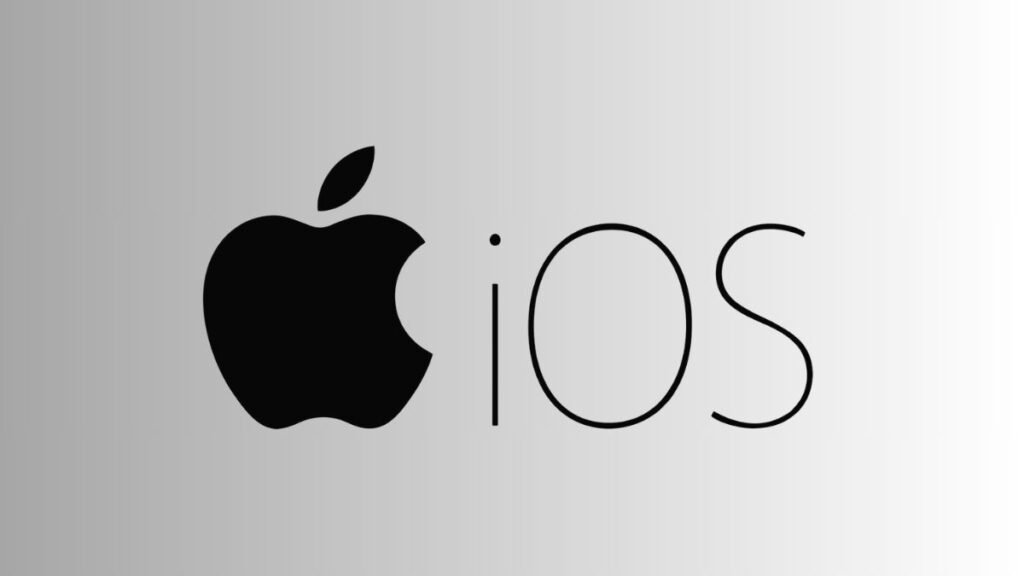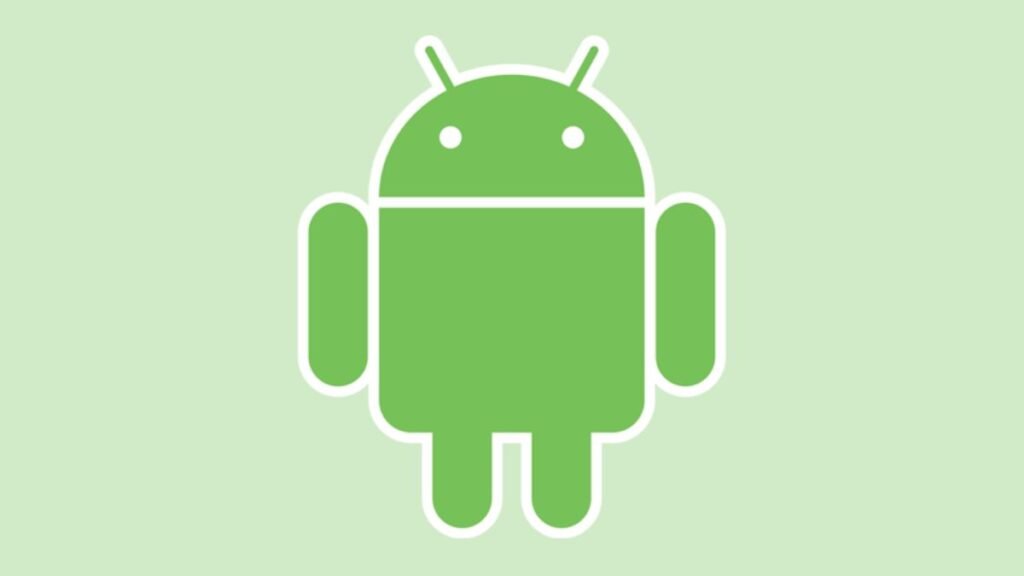It is time for a showdown: iPhone vs Android compared! Find out which suits you best and make your move now!
iOS and Android support distinct user identities. To address the demands of their respective user groups, organizations, startups, and businesses should spend as much time as possible getting to know them while designing a mobile app. The main differences between iPhone and Android users are highlighted in the blog. Decision-makers in businesses aiming to improve their mobile development strategy are supposed to gain from this.
Market Share of iPhone and Android
iPhone and Android hold a duopoly in the worldwide market for mobile operating systems. According to Statista, Android maintained its position as the leading mobile operating system worldwide in the fourth quarter of 2023, with a market share of 70.1%. Apple’s iOS had a market share of 29.2% during the same period.
During the third quarter of 2022, Android users were able to choose between 3.55 million apps, making Google Play the app store with the biggest number of available apps. The Apple App Store was the second-largest app store, with roughly 1.6 million available apps for iOS.
What is Apple iOS?
The operating system for the iPhone, iPad, and other Apple mobile devices is called Apple iOS. Apple iOS, which is based on Mac OS, the operating system that powers Apple’s lineup of desktop and laptop computers, is intended to make networking between various Apple products simple and seamless.
When the iPhone initially hit stores in June 2007, the first version of iOS was also launched. All of Apple’s mobile devices use an operating system called iOS, which stands for iPhone Operating System and is developed from Unix.3. It wasn’t until Apple published the iPhone software development kit (SDK) in 2008 that the software was given the official name iOS, allowing anybody to create apps for the platform.

Interesting Features
Siri Shortcuts
With the help of this iOS feature, users can program unique voice commands for routine operations. Users can build shortcuts for things like tweeting or changing their Facebook status, which is useful for social networking sites. This feature’s main benefit is that it eliminates the necessity for manual app navigation.
AirDrop
Users of iOS devices may easily exchange data, including movies and pictures, with other nearby iOS users by using the handy feature known as AirDrop. AirDrop allows you to quickly send large files without having to email them or upload them to cloud storage or social networking websites.
Siri Integration
As you may know, Siri is an in-built voice-activated personal assistant on iOS devices that allows users to do routine activities just by speaking to it. However, did you know that Facebook, WhatsApp, Twitter, and other well-known social networking sites have incorporated Siri?
Social media managers and other users will find it simpler as a result of this connection because they can perform duties like sending messages on various sites without opening the app. Siri can be easily instructed to perform a task, and the AI will handle it for them.
Apple Music Integration
Apple Music was created to improve music accessibility on iOS devices. Users can share their favorite music without having to navigate between apps because of the integration of Apple Music into the user interfaces of Instagram and Facebook.
iMessage Integration
iMessage is a built-in messaging program that is included with the iOS operating system. While using the messaging interface of the app, users can share anything from their social network profiles with anybody in their contacts.
Read more:
What is Android?
For mobile devices like tablets and smartphones, Android is an operating system and software bundle built on the Linux platform. Google and then the Open Handset Alliance (OHA) are in charge of its development. While other languages can be used, Java is the primary language used to develop Android programming. The objective of the Android project is to develop a viable solution that improves end customers’ mobile experiences.
Across more than 190 countries worldwide, Android is the operating system for hundreds of millions of mobile devices. With the fastest growth rate of any mobile platform, it has the biggest installed base. Over a million new Android smartphones are activated globally every day.

Interesting Features
Multiple Language Support
The multilingual feature of Android allows users to quickly switch between languages. It speaks several varieties of languages, including English, French, Chinese, etc. It assists the user in achieving their goals. The regional languages that were previously prohibited are likewise targeted by the Android language extension.
Customization
Android offers a multitude of customization options. This allows the user to fully customize their device. Widgets are a tool that users may utilize to help display essential items on their home screen. Details such as the most recent weather or simple controls for the media player. As a result, users spend less time launching apps.
Connectivity
Numerous connection options are offered by Android smartphones. Examples include WiFi, Bluetooth, CDMA, GSM, and hotspots. In addition, it has USB, NFC, VOLTE, and VPN options. Android makes sure that its users have access to the most recent network. Thus, 4G and 5G networks are supported.
Optimizing Batteries and Storage
There are two types of storage available: microSD cards for increased capacity and internal storage. Customers are able to extend and select the amount of RAM they require.
iPhone vs Android: A Quick Review
| Aspect | iPhone (iOS) | Android |
|---|---|---|
| Customization | Limited customization options | Extensive customization options |
| App Store | App store | Google Play Store |
| Device Options | Limited options (iPhone models) | Wide range of options (various brands and models) |
| Security | Closed ecosystem with regular security updates | More vulnerable to malware, but with security updates depending on the manufacturer and carrier |
| Interface | Consistent interface across devices | Interface varies between manufacturers and models |
| Voice Assistant | Siri | Google Assistant |
| Integration | Seamless integration with other Apple products | Integration with Google services and third-party apps |
| Updates | Regular updates for all supported devices | Updates depend on manufacturer and carrier |
| Cost | Generally more expensive | Wide range of prices depending on the brand and model |
Explore our E-books
iPhone vs Android: A Comprehensive Overview

iPhone vs Android: User Interface
| iPhone | Android |
|---|---|
| iOS features a simple design centered around swipes and gestures, emphasizing uniformity, simplicity, and ease of usage. An app icon grid serves as the focal point of the UI organization. Its user-friendly and accessible design prioritizes a uniform design language that works on many platforms. | Android has a more adaptable and configurable interface that can be customized to the user’s interests. Widgets, icon packs, and home screen launchers are all customizable through the UI. It has a task switcher that offers instant access to recent apps and settings, along with a notification shade. |
iPhone vs Android: Security
| iPhone | Android |
|---|---|
| Apple supports end-to-end encryption in its apps. This means that data, such as text messages, is jumbled throughout its entire journey between the sending device and the recipient. This high level of encryption makes sure that even if intercepted, the data remains unreadable. | Android does encrypt data “in transit,” meaning it is secure while moving between devices, but it typically does not support end-to-end encryption to the same extent as iOS. This could potentially leave data vulnerable at intermediary points, such as when passing through Google servers. |
iPhone vs Android: Serviceability
| iPhone | Android |
|---|---|
| Apple prioritizes elegance and simplicity in the design and functionality of the iPhone. This emphasis on user experience often means that certain hardware features, such as battery replacement and storage expansion, are sacrificed in favor of a sleek and minimalist design. Users typically cannot upgrade the iPhone’s storage or replace the battery themselves. Replacement batteries are available, and they must be installed by a trained repair person. It reflects Apple’s focus on maintaining control over the device’s design and user experience. | Android devices, manufactured by various companies, often provide users with greater flexibility and accessibility when it comes to hardware features. Unlike the iPhone, many Android devices allow users to change the phone’s battery and expand its storage capacity through methods like microSD card slots. This level of customization and hardware accessibility gives Android users more control over their devices and the ability to tailor them to their specific needs. |
iPhone vs Android: Ecosystem
| iPhone | Android |
|---|---|
| Apple offers a seamless and integrated experience across its ecosystem of devices, including iPhones, iPads, MacBooks, Apple Watches, and Apple TVs. Because Apple manufactures all devices, it can provide features and functionalities that are tightly integrated and exclusive to its ecosystem. | Google’s services like Gmail, Maps, and Google Now work seamlessly across all Android devices, providing a consistent experience. However, unless all the user’s devices are made by the same manufacturer, Android lacks a unified cross-device experience similar to Apple’s ecosystem. While manufacturers like Samsung offer a range of products, including smartphones, tablets, and wearables, they may not cover all device ecosystems. |
iPhone vs Android: Assistant
| iPhone | Android |
|---|---|
| Siri serves as Apple’s intelligent assistant, but its capabilities are relatively limited. While Siri has seen improvements with each iOS release, it still primarily handles relatively simple tasks and lacks the advanced intelligence of Google Assistant. | Google Assistant, the primary intelligent assistant on Android devices, offers robust functionality driven by artificial intelligence. It uses vast amounts of data from Google’s services to provide personalized and contextually relevant assistants to users. |
Conclusion
People with varying demands can find solutions on both the iPhone and Android. Choosing to purchase an iPhone is simple if you already possess Apple products, such as the Mac, iPad, or Apple TV. Choose an Android device if portability or applications are essential.
For some people, certain categories have greater significance. While some individuals are more concerned with battery life or mobile gaming, others place more importance on hardware choice. For some users, both systems provide excellent options. You must choose which features are most essential to you in order to get the phone that best suits your requirements.
FAQs
What is the difference between iOS and Android operating system?
iOS is closed, regulated system that prioritizes use and simplicity. In addition, Android offers a greater variety of customization choices and is an open and configurable system.
What can I do on Android that I can’t do on an iPhone?
A guest mode account allows you to share your Android phone with other users, which is one of the many features that the security of an iPhone prevents you from doing on an Android. In addition, you can work with split-screen mode, expand storage with an SD card, get information from applications without opening them, and utilize an Android File Manager to move files straight from your PC to your phone. This method of transferring photos is exclusive to iPhone.
Why iPhone iOS is better than Android?
It is debatable now if iOS is more secure than Android, although the general view still favors Apple. iOS boasts a tighter app store, a restricted environment that is more difficult to get into, and more constant upgrades for all devices. It is more difficult for hackers to target iOS users when these elements are combined.





